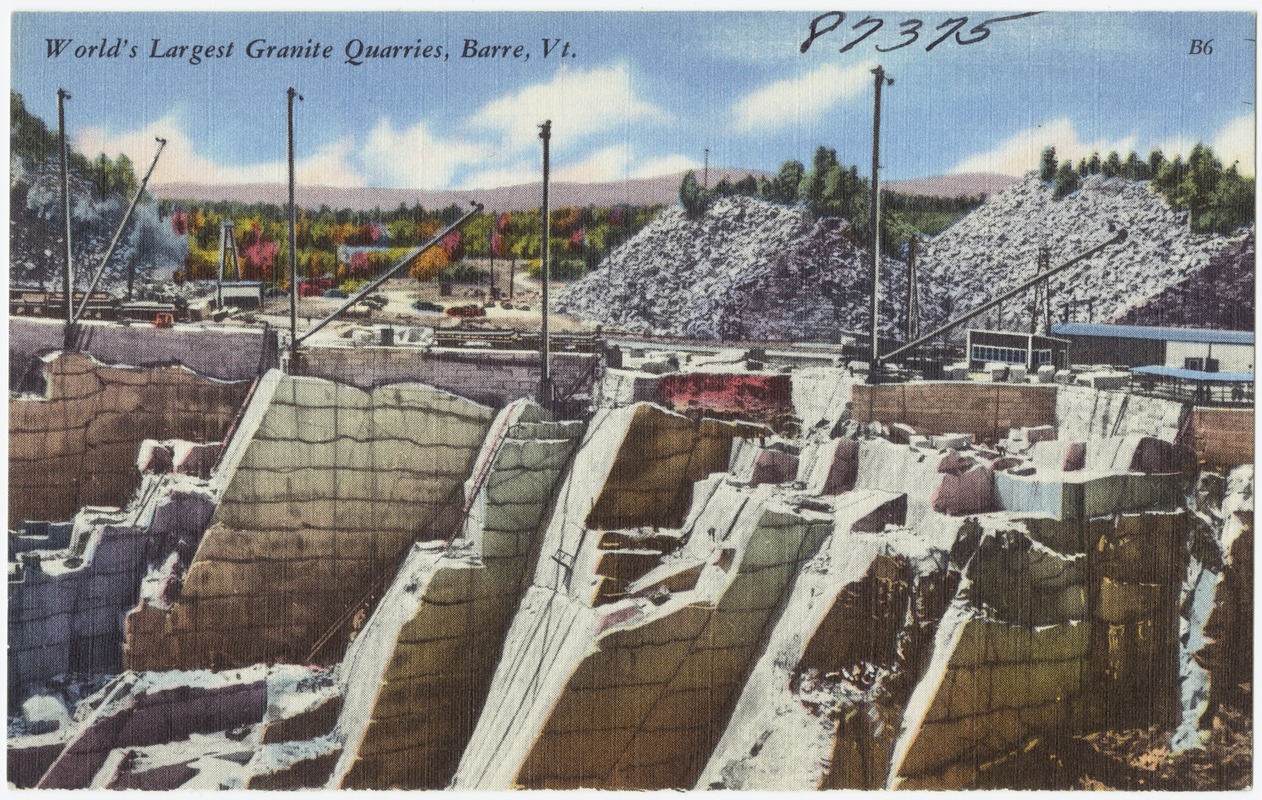Discovering the Beauty of Granite Quarry in South Africa Wonders
Discovering the Beauty of Granite Quarry in South Africa Wonders
Blog Article
Uncovering the Rich History and Lasting Practices of Granite Quarrying
As we base on the precipice of uncovering the detailed tapestry of granite quarrying, a trip through time discloses not just the physical act of drawing out rock but additionally the cultural and historic relevance woven right into the really material of this method. From the old beginnings that laid the structure for contemporary quarrying methods to the lasting practices that are forming the future of this market, each chisel mark on granite surface areas narrates waiting to be unearthed (granite quarries in south africa). The tradition of granite quarrying extends far past mere removal; it is a testimony to human ingenuity, durability, and the long-lasting allure of this majestic stone
Ancient Beginnings of Granite Quarrying
Going back to ancient human beings, the practice of quarrying granite has been an integral part of human background and building development. The earliest evidence of granite quarrying go back to ancient Egypt, where enormous pyramids and detailed sculptures were crafted from this durable stone. The Egyptians made use of primitive tools to extract granite blocks from quarries, showcasing the value of this product in their monumental buildings.
Moving on in history, the Greeks likewise made considerable payments to the quarrying of granite. The Greeks made use of granite in various architectural marvels, such as temples and statuaries, showing their ability in shaping and carving this hardy stone. The Romans additionally improved the strategies of quarrying granite, employing advanced tools like blades and hammers to essence and form granite for their famous frameworks.
Via the centuries, the technique of quarrying granite has actually evolved, with modern technologies enhancing efficiency while preserving the timeless appeal of this natural rock - granite quarries in south africa. From ancient human beings to modern building contractors, the heritage of granite quarrying remains to form our world
Advancement of Quarrying Techniques
The advancement of quarrying methods has been noted by a continuous development in the direction of greater performance and precision in extracting granite. Early quarrying methods involved hand-operated labor with fundamental tools such as knives, hammers, and wedges to draw out granite blocks from the planet.
Innovations in computer-controlled equipment and 3D modeling have enhanced quarrying operations, leading to very little ecological influence and improved sustainability practices. As the demand for granite proceeds to climb, the advancement of quarrying techniques remains essential to conference sector requires successfully and sustainably.
Social Significance of Granite
Granite holds a profound cultural relevance throughout different human beings as a result of its enduring presence in architectural work of arts and revered monuments. From the magnificent pyramids of Egypt to the elaborate carvings of the Angkor Wat temple in Cambodia, granite has been a material of choice for expressing grandeur and longevity in cultural heritage. In old Rome, granite columns embellished holy places and public structures, representing stamina and durability. The cultural importance of granite this link extends beyond its physical attributes; it embodies strength, security, and timelessness, making it a sign of sustaining heritages and customs.

Lasting Practices in Quarrying
Among the abundant background of granite quarrying and its cultural importance lies a growing focus on lasting methods within the market. As environmental awareness and concerns concerning source exhaustion have heightened globally, the quarrying field has actually progressively accepted lasting techniques Click This Link to reduce its influence on the setting and bordering communities.

In addition, recovery and recovery of quarry sites post-extraction are integral to sustainable practices. By bring back quarried areas to a natural or helpful state, such as developing wild animals environments or entertainment rooms, quarriers can counter the ecological impact of their procedures and add favorably to the neighborhood ecological community.
Legacy of Granite Quarrying
With a historical background soaked in workmanship and commercial progression, what sustaining influence has granite quarrying left on the landscape of modern-day culture? The tradition of granite quarrying transcends simple extraction practices; it has formed building wonders, metropolitan landscapes, and cultural heritage worldwide. The resilient nature of granite has made it a preferred selection for monoliths, structures, and facilities, standing as a testament to the skill and artistry of quarry employees throughout generations.
Additionally, the economic footprint of granite quarrying can not be overlooked. The sector proceeds to offer employment opportunities and drive neighborhood economic situations in regions where granite extraction is widespread. It has actually likewise spurred technical improvements in quarrying methods and equipment, causing more reliable and sustainable practices.
In regards to sustainability, the legacy of granite quarrying consists of efforts to reduce ecological impacts through improvement tasks and responsible resource management. By balancing economic passions with environmental stewardship, the market makes every effort to guarantee that future generations can remain to gain from this enduring natural deposit.
Final Thought

Report this page